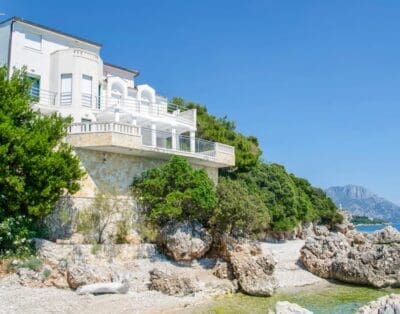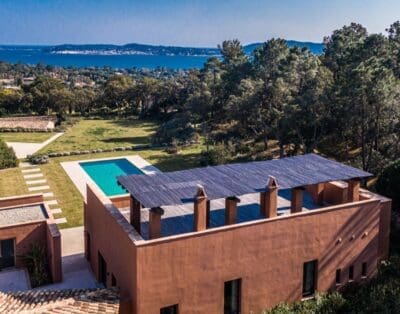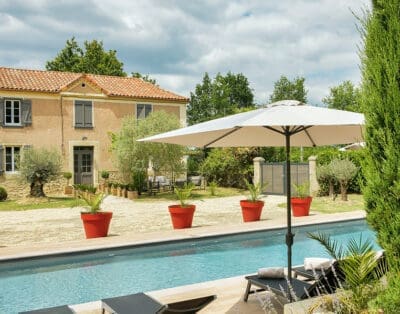Lady Liuwa The Lion In Liuwa Plain National Park Zambia
I’ve been to Liuwa Plain National Park before, last time in November and I was captivated by the distant storms, the forked lightening, the pink sand lillies and the wildebeest babies being born; Liuwa Plain is home to the second biggest wildebeest migration on earth.
This year I travelled in May. It has been one of the wettest years in Zambia in recent times. From Lusaka we flew west over the Kafue and our approach to Kalabo (the closest airstrip to the National Park) took us over the Upper Zambezi. Western Zambia from the air looks like a cross between the Okavango Delta and the Serengeti. It was breathtaking.
From the ground there were similarities from my last trip; driving through Kalabo town, the insight into local life; a truck full of dried fish ready for delivery; a motorbike being hauled onto a long banana boat and paddled across the Luanginga River; the hand pulled pontoon ready to haul our vehicle across. There were differences too, the streams were flowing, there were many shallow pans of water dotted across the Plain and there were hundreds, if not thousands, of wading birds nesting amongst the reeds and in the small woodlands of trees.
In its vastness and beauty, Liuwa Plain has a magic I’ve not felt anywhere else in Africa. The sky seems to go on forever and you can almost see the curvature of the earth. Every night we saw a shooting star and on our first evening while we watched the sun set to our left, we could see the full moon rising to our right – talk about memories of a lifetime.
Liuwa Plain National Park is definitely one of the continent’s best kept secrets. Due to it’s remote location and relative anonymity, you get to experience the Park practically by yourself. Proflight running direct flights from Lusaka to Kalabo and the opening this April of King Lewanika Lodge, is already bringing international interest and an increase in tourism. These developments will increase revenue for conservation and support for the local communities in the form of employment and education.
The camp (named for the Lozi King who proclaimed Liuwa Plain a protected area back in the 1880s) is a perfect blend of natural grasses, eco friendly materials and plush comforts, like an outdoor shower whose view is spectacular over the plains and the most comfortable couch from which to watch the animals and birds pass by. With only six villas, the camp retains a special intimacy, and being the only permanent camp in the Park, it’s easy to feel like the whole Park is your personal viewing ground.
We operate in conjunction with African Parks, the conservation non-profit, who have been managing the Park since 2003. They do so in partnership with the Zambian Department of National Parks and Wildlife and the Barotse Royal Establishment. Under their stewardship the Park has seen species reintroductions, a reduction in poaching and game numbers flourishing.
One of the Park’s success stories, especially for international guests, is the Lion pride which has grown around famous Lady Liuwa, or Mambeti as she is locally known. I was fortunate enough to see her in 2014,and it was high on my wish list to see her again. No one knows her exact age, but guesses are between 17 – 18 yrs old, which for a wild lion, and especially one with her lonely past, is extraordinary.
After finding a cheetah mother and her cub our first evening, and then going back to follow them the following morning, the inevitable request to find Liuwa’s famed lions came up over lunch. We’d heard their low roars the evening before, not far from camp and with the near full moon expected again, it was the perfect evening for lion watching….we weren’t disappointed.
The lion population has grown, from Lady’s early days alone in the Park, to a pride of eight. Sepo (meaning hope in the local Lozi language) has had two litters of cubs, the first three are over three and a half and the newest additions, two males, are only six months old. As we sat watching them you’d think they were at least triple that, one has a distinct Mohawk, his mane already starting to grow. The lions here are the biggest I’ve ever seen, both male and female. Whether it’s from the plentiful food supply (tens of thousands of wildebeest) or the lack of competition, I don’t know, but they are majestic.
One of the biggest surprises, was the sheer number and beauty of the birdlife in Liuwa. Experts are still learning about Liuwa Plain’s importance as a breeding ground for migrant wading birds; this year has seen a surge in numbers of egrets, herons and storks. We saw literally thousands in the ‘rookery’ of reeds and grass around a small stream. On a morning walk we stood only meters away from trees filled with different species of egrets in their hundreds feeding their young; the lower branches of the trees turned an ash grey from the birds’ droppings.
Throughout all of this, is an animal who captured my heart through their inquisitive, playful and unfairly maligned reputation; the hyena. There are four resident clans near King Lewanika Lodge, with up to 50 individuals in each clan. They are the apex predator and it’s not uncommon to see them cool themselves in the pans of water surrounded by water lilies – a juxtaposition if ever I’ve seen one. One of my most memorable Safari experiences was had on the Plain, a young hyena hearing us having sundowners, ventured over within meters and I wondered who was watching whom.
As someone who has travelled all over the world, I feel I have the luxury of choice – I keep adding places to my bucket list on a weekly basis. Having said that, do yourself a favour – go, explore this untouched land because Liuwa Plain, I lost my heart to you, and I’ll be back.







